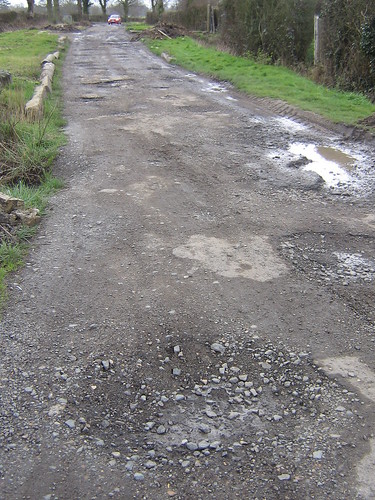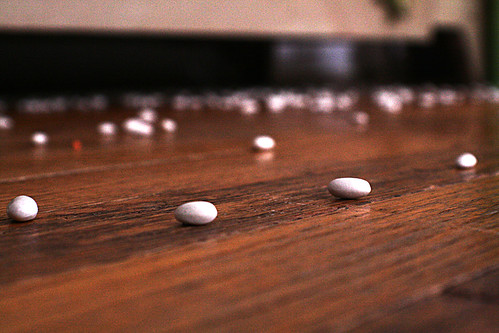The top New Year's Resolutions, year after year, according to USA.gov, are:
•Drink Less Alcohol
•Get a Better Education •Get a Better Job
•Get Fit
•Lose Weight
•Manage Debt
•Manage Stress
•Quit Smoking Now
•Save Money
•Take a Trip
•Volunteer to Help Others
If you click here you can visit the site and check out the links provided for each resolution. There is a ton a helpful and enlightening information for each resolution.
I'm not one for New Year's Resolutions. I know my limits. Approximately 30% of New Year's Resolutions are abandoned within the first week, and a full 97% are never achieved at all. I fall somewhere in that continuum.
 |
| via The Wardman Wire |
But it is helpful to set a goal that is realistic and personally meaningful. Those are the keys to achieving success- realistic and meaningful. I gave up trying to lose 20 pounds this year (it wasn't a New Year's Resolution) and instead focused on losing 1 pound. And you know what? I did it! AND, I've done it 10 times now. No, not the same one pound ten times- ten separate, independent pounds. It has taken 10 months but I'm not complaining. I'm the tortoise of weight loss!
But it's been quite some time since I've made a true New Year's Resolution. Instead, a few years ago I made a Life Resolution. Sometimes- let's be honest- things just stink. I'm not talking about the big losses and heartbreaks that happen in life- that's an entirely different post. I'm talking about the ka-gillion events and situations in life that simply stink and over which we have zero control. But what are you gonna do? Wallow in it? Refuse to be happy? Let it define who you are? Do you want to be known as the complainer?
 |
| via Cartoonstock.com |
Zippy and I had one of our "big conversations" the other day and the title could have been "Things Are What You Call Them." We were discussing attitude and I was telling her about a dear friend who has a not-so-dear habit of calling every little bump in the road, every unexpected or unplanned blip, a disaster. Generally, they aren't disasters. Clean up the spilt milk, re-schedule the appointment, get the tire fixed, pay the late fee-- whatever. But it's not a disaster. Someone else got your dream job, your kid didn't win the cross-country meet, you don't like the new benefits package your work is providing. Why let that define you? Get over it.
I've gotten to the place in my life where I've figured out that life is hard enough sometimes without reinforcing the difficulties, without collecting and saving the memory of those difficulties. I try to let it go, even though that has not been an easy road to travel. I like to get my way and I'm a fretter by nature. Worry, fret, stew, stress. It's been a twisty path of re-learning my responses to life and I rely a good bit on my faith to get my over each bump and around each curve. Well, I have to rely completely on my faith because I can't do this on my own. And my faith gives me a reason to be happy, to move forward.
 |
| by Gregory Williams via Fickr |
Don't get me wrong, there are some truly crushing events in life that make it difficult to move forward. But not impossible. And don't you think that how we respond to the smaller disappointments and loses in life gives us practice for the bigger ones?
So my Life Resolution has been to be happy in spite of it all. I don't mean that we have to be a Pollyanna (that's not realistic) but after awhile you begin to see that there really are things to be happy about: your kid ran their personal best in the cross-country meet, it's good to have a job, your husband may not do laundry but he comes home to you every night, the milk may have spoiled but the yogurt it delicious.
So I issue not a New Year's Resolution but a challenge: look for one small thing today (remember, we're keeping it realistic and meaningful) that isn't so bad after all or something that turned out better than expected even though you expected it to be pretty bad. Look for something than is a pleasant counterpoint to and gives relief to whatever frustrations you feel: a sparkle of sun on the snow, the flash of a cardinal at the feeder, the great wacky fun your kid had while dumping all the beans on the floor.
 |
| by ericarhiannon via Flickr |
Just stop-
take a deep breath-
and say "Oh well."
And then do it again tomorrow.
I wish you a peaceful and happy new year.
Anyway.
Anyway.


















































